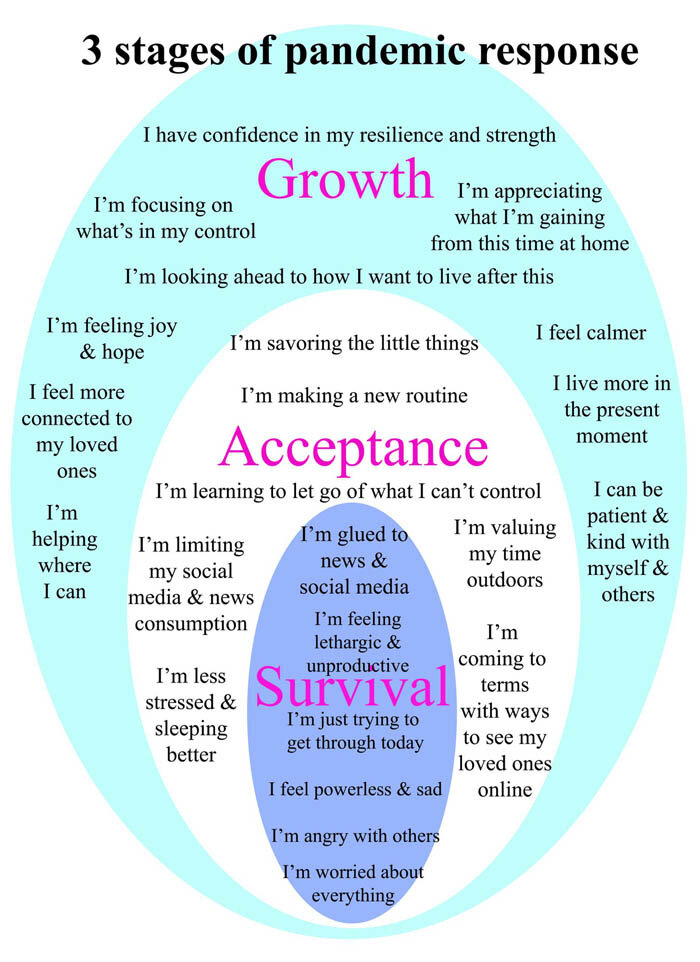Our group worked together to lead DPX last Sunday with a silent meditation and up an impromptu topic for discussion, brought up Marco, based on the current heat wave we are having and memories if the beach. We talked about how water, waves and beaches can metaphorically reflect the Buddhist dharma and be healing. Marco started us off by commenting on how as you dive deeper and deeper under the water in the ocean, sounds fall away and you find yourself in a different world, which has nothing to do with what is going on above. Brendan very articulately pushed back on this idea, saying conditions on the surface of the water have everything to do with what is going on 100 feet below. Just because we can’t see or hear it doesn’t mean it is not affected by what is happening above. It’s like global warming. We need to pay closer attention. We need to redefine how we understand things.
Ray talked about the summer rhythm of the large ocean waves brings up issues but then over time, washes them away with their repetitiveness, like the breath in meditation. Commenting that the hearing distant sounds of children playing helps bring you into the moment. During winter walks, the beach brings up the issues so strongly that beach walks can be overwhelming. She finds it safer to walk in the woods where she feels held by the closeness of the surrounding trees and sturdy softness of the ground.
Sam, an avid body surfer on both coasts, said he has been using the visualization of a wave while meditating for years. Visualizing the wave building on the inbreath and breaking on the outbreath. He quoted Bruce Lee saying that “waves are dynamic because they are simultaneously hard and fluid.” (Then we all promptly agreed that we would like to invite Bruce Lee to join DPX!) Sam shared his experience saying “you can be out in the ocean and see the shore, but you can’t return to the shore without the wave. A wave can have great power over you, so you need to let go. You can’t panic, you can’t resist. You need to harmonize with the wave, relax into the moment and let go in order to get back to shore with the help of the wave.”
He noted that “Where the water meets the sand is known as the littoral zone. A chemical reaction takes place there with the interaction between the salt in the water and the mica in the sand, yielding ozone which is a natural antidepressant.
Marco mentioned the impermanence of sand castles and the beautiful metaphor they contain. Similar to the Tibetan sand mandalas, which take days to create with sustained work by many monks, only to be immediately and purposefully destroyed to demonstrate non-attachment and impermanence.
Mike mention practicing Tonglen with a sick friend using the wave imagery following the inbreath and out breath. The feeling of or lives being insignificant in light of the vastness of the sea, leads us to realize our own impermanence and death.
Melissa brought up the artwork of artist Andy Goldsworthy, who’s art is created with nature in the landscape. His work is beautiful but temporary, as nature eventually takes it over. Cristo, another profoundly moving artist, who’s installations in public spaces can make you feel completely transformed in an environment you are normally familiar with. Other artists we discussed were Richard Long and Hamish Fulton. Both artists use walking as a method of creation that is momentary, impermanent, active, and visceral and most importantly, not part of production or consumption. The artist known as Stelarc was discussed for his radical use the body as the work of art itself. There is no separation of art and ourselves. We are constantly being modeled and sculpted in this changing body and mind.
Sam’s, definition of aging: “The physical result of resistance to change” says it all. So enjoy yourselves at the beach this summer, channel your open heart, go with the flow, let go and surf a wave. Sit in the lattoral zone and soak up the ozone, build an elaborate sand castle and let the waves take it away. Be in the moment. Stay young.


















